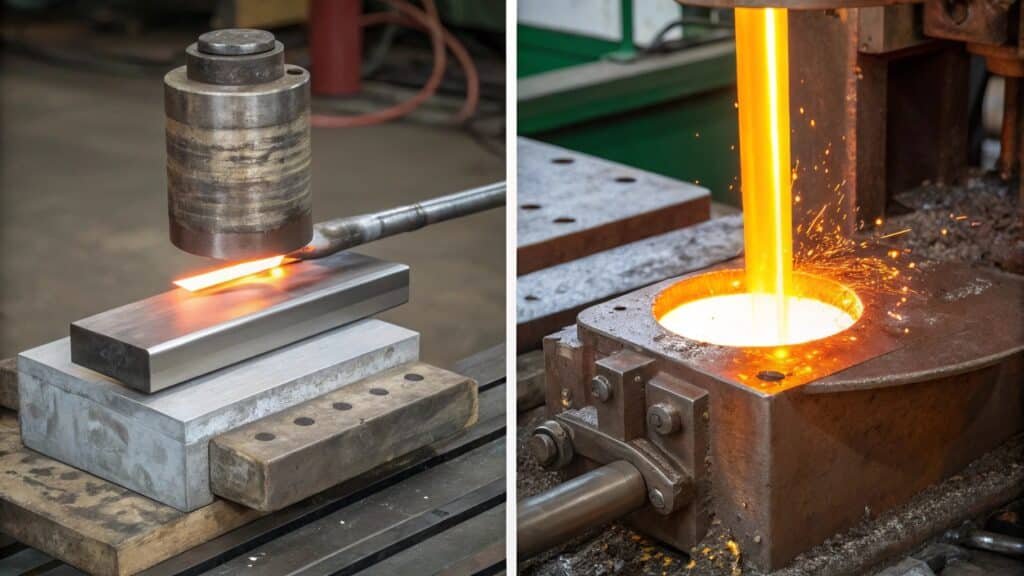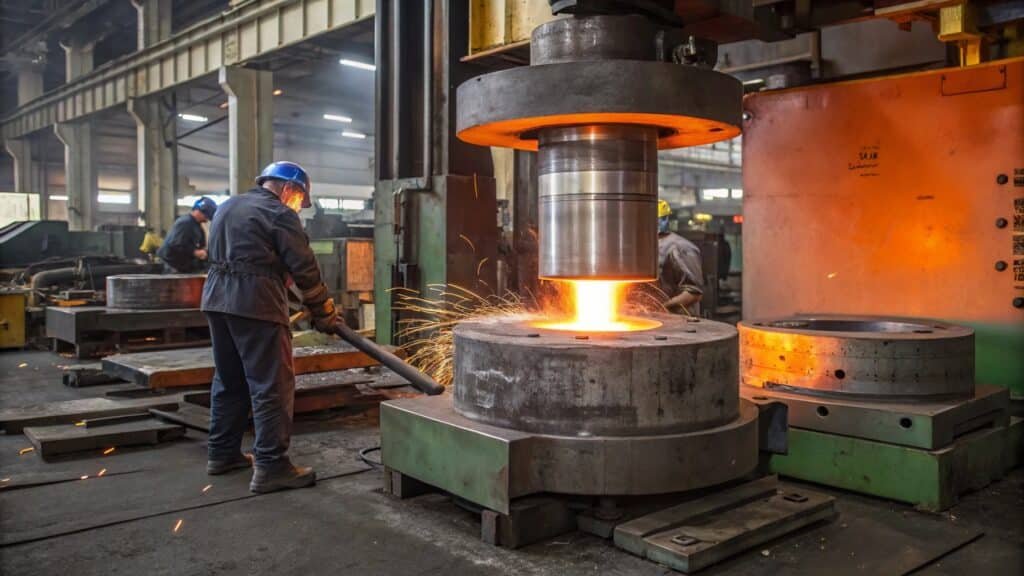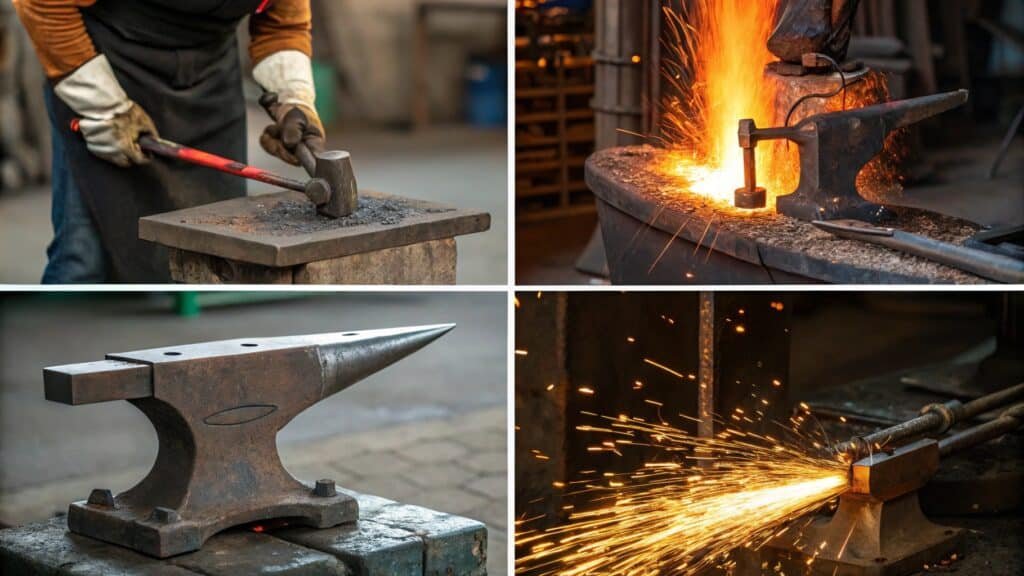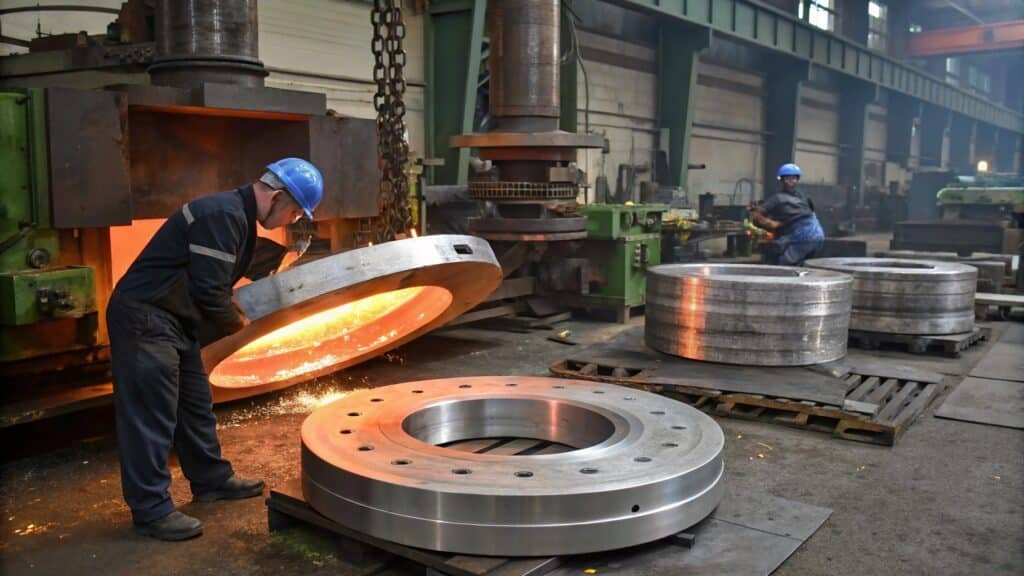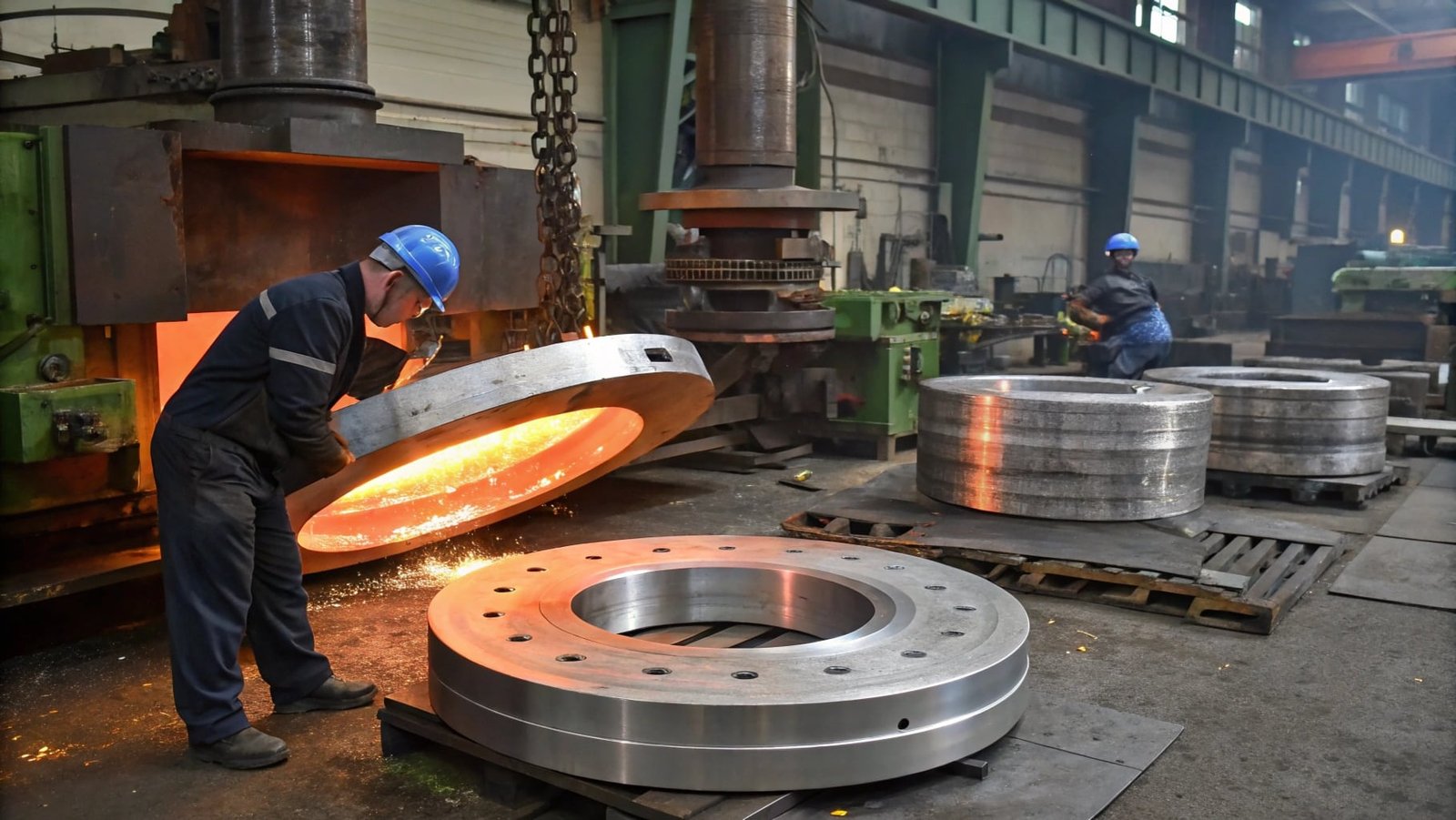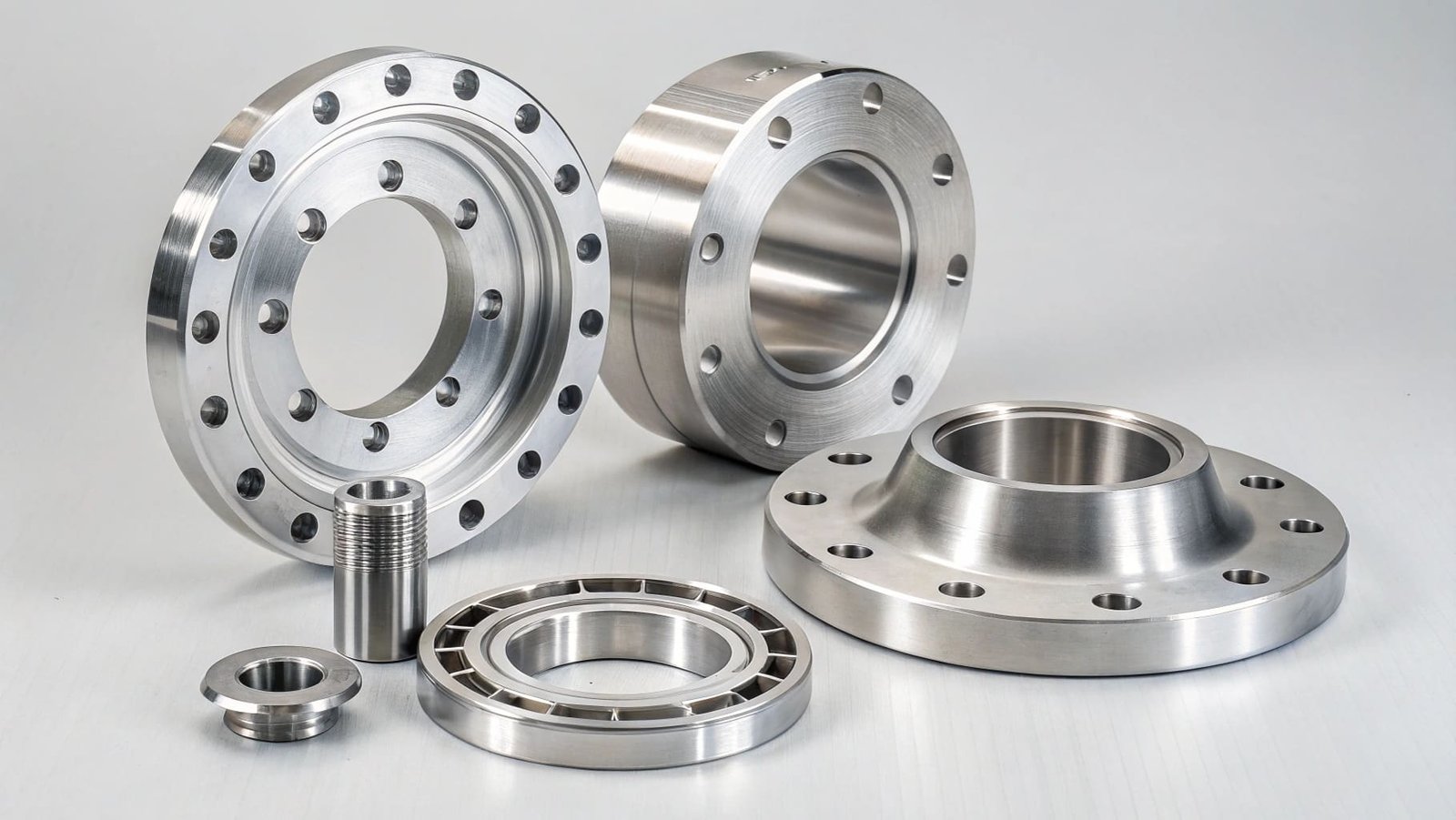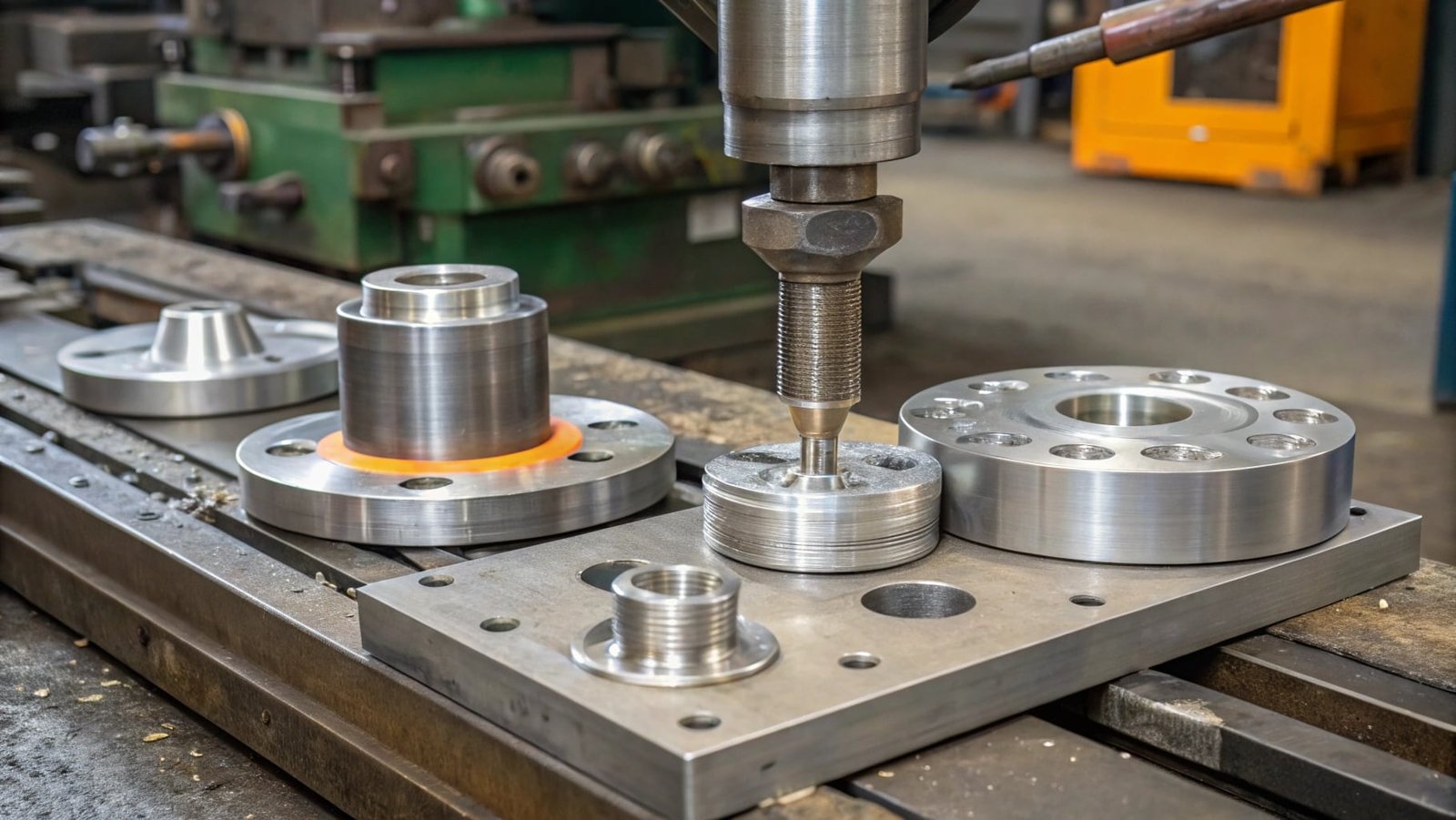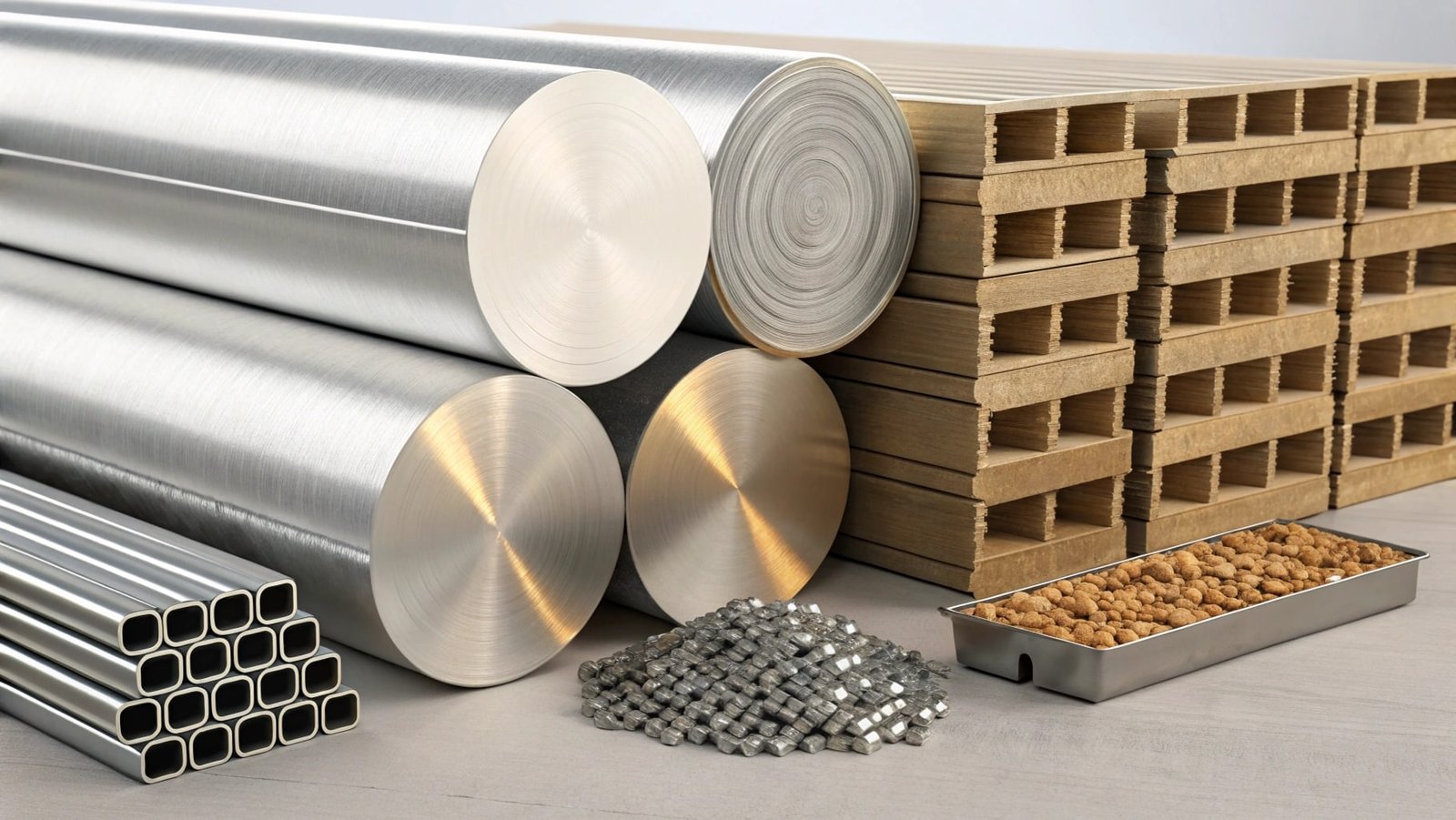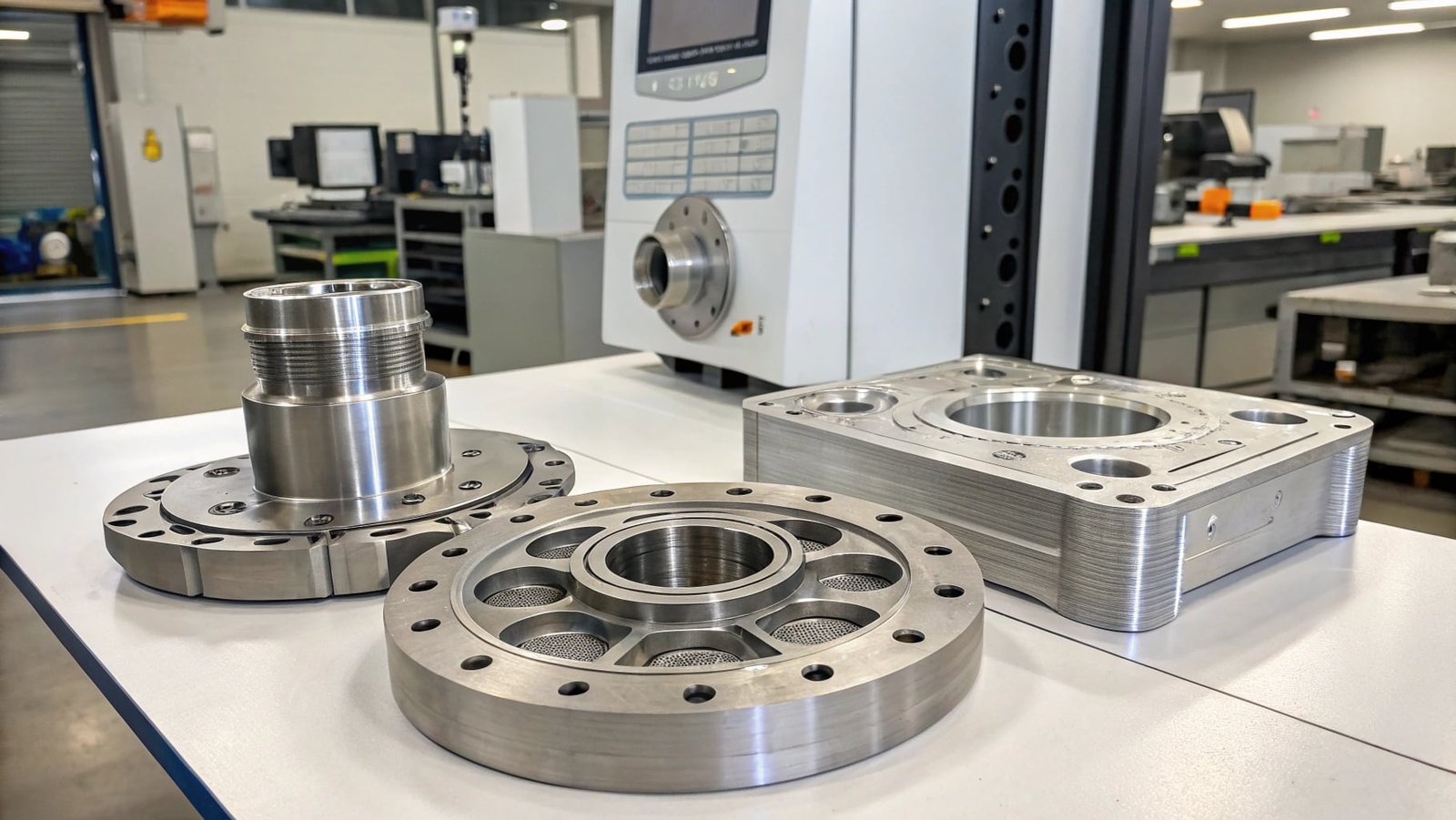Navigating the world of aluminum forging can be complex. Let us clarify the distinctions between open die and closed die processes and their ideal applications.
Open die forging1 is ideal for producing large, custom-shaped aluminum components like rings, where flexibility in size and shape is key, while closed die forging excels at creating intricate, high-precision parts in high volumes, each process offering unique benefits for different applications.
When clients approach SWA Forging, a common question is which forging method is best suited for their specific aluminum part. The choice between open die and closed die forging is fundamental and depends heavily on the part's geometry, size, required precision, and production volume. Understanding these differences helps ensure we deliver the optimal solution.
What is the difference between open and closed die forging processes?
The core difference lies in how the metal is shaped and contained within the tooling during the forging operation.
Open die forging uses simple, flat dies that do not enclose the workpiece, allowing for significant manipulation and shaping through repeated blows and movements. In contrast, closed die forging uses custom-made dies with precisely shaped cavities that fully enclose the workpiece, forcing the metal into the desired complex shape with fewer operations.
To make informed decisions about aluminum components, understanding the fundamental distinctions between these two primary forging processes is essential. It dictates everything from tooling investment to the final part's characteristics.
Here's a breakdown:
- Tooling:
- Open Die: Employs simple dies, often flat or with basic contours, which do not enclose the material. This allows for more flexibility in shaping.
- Closed Die: Utilizes complex, matched dies with cavities that precisely replicate the final part's shape. These dies fully contain the metal during the forging process.
- Shaping Method:
- Open Die: The metal is shaped by applying force and moving the workpiece between the dies, often with repeated blows or pressure. This process can involve multiple heating and shaping steps.
- Closed Die: The heated metal is placed in the lower die cavity, and the upper die strikes it, forcing the metal to flow into the intricate shape of the die impressions.
- Part Complexity and Size:
- Open Die: Highly versatile for large components, custom shapes, simple geometries, and prototype runs. Size is often less of a limitation than with closed die.
- Closed Die: Ideal for complex shapes, intricate details, and parts requiring high dimensional accuracy and excellent surface finish. It's most efficient for high-volume production.
- Tooling Costs and Production Volume:
- Open Die: Lower tooling costs, making it economical for low-volume production or custom parts.
- Closed Die: Higher initial tooling costs due to the complexity of the dies, but highly cost-effective for mass production where the tooling investment is spread over many parts.
Both processes are vital in metal forming, serving different market needs and production requirements.
How do you calculate open die forging?
Calculating aspects of open die forging involves understanding material properties, forces, and material flow to predict dimensions and energy requirements.
Calculating open die forging involves estimating the force required based on the metal's yield strength, the cross-sectional area being deformed, and the amount of reduction. It also requires considering material flow, minimizing defects, and calculating the energy needed from the forging equipment, often using empirical data and established formulas for work done.
For engineers and production managers, understanding the calculations behind open die forging is crucial for process planning and efficiency. While many complex calculations are handled by specialized software, a basic grasp of the principles is beneficial.
Here are key considerations for calculation in open die forging:
- Force Calculation: The force required to deform the metal depends on the material's yield strength at the forging temperature and the area of deformation. A simplified formula for the force (F) might look like: F = Yield Strength × Projected Area. However, this is complex as it involves die geometry, friction, and strain hardening. For specific operations like reducing the diameter of a bar, formulas exist to estimate the force needed.
- Work Done Calculation: The work done in forging is essentially the energy required to plastically deform the metal. This can be approximated by the volume of material being worked multiplied by the work per unit volume, which itself depends on the material and the degree of deformation.
- Material Volume Conservation: Throughout the process, the volume of the metal remains constant (ignoring minor losses). This principle is fundamental when calculating dimensions. For example, if you reduce the diameter of a cylindrical bar, its length must increase proportionally to conserve volume.
- Draft and Allowances: Calculations must include allowances for draft (slight tapering of surfaces to aid removal from dies) and shrinkage as the metal cools.
- Number of Operations: For complex shapes or significant reductions, calculations help determine the number of forging passes (operations) required and the intermediate shapes needed to achieve the final dimensions.
These calculations help in selecting the right forging equipment, optimizing process parameters, and ensuring material flow and final part dimensions are controlled.
What are the four forging processes?
While open and closed die forging are the most common categories, forging encompasses several distinct processes based on the tooling and method of applying force.
The four main types of forging processes are open die forging, closed die (impression) forging, upset forging, and ring rolling. Each process utilizes different tooling and force application methods to shape heated metal into specific forms.
Clients at SWA Forging often inquire about the different ways metal can be forged. Understanding these various processes helps to appreciate the breadth of capabilities within the forging industry and how each serves unique manufacturing needs.
Here are the four primary forging processes:
- Open Die Forging: As discussed, this uses simple dies and is highly flexible for large, custom, or simpler shapes. It involves manipulating the workpiece between the dies with hammers or presses.
- Closed Die Forging (Impression Die Forging): This process uses matched dies with impressions of the final part shape, enclosing the metal to create complex geometries with high precision and in large volumes.
- Upset Forging: This is a type of forging where the metal's cross-sectional area is increased in one or more directions by compressing it endwise. It's often used to form heads on bolts or to increase the diameter of a section of a bar. Upsetting can be done in open dies or specialized upset forging machines.
- Ring Rolling: This process is specifically used to produce seamless rings. A heated pre-formed disc or ring is rotated and rolled between two specialized rollers. One roller is grooved, and the other is shaped to reduce the cross-section and increase the diameter of the ring, creating a uniform grain structure around the circumference.
These four processes cover a wide range of possibilities in creating strong, precisely shaped metal components from aluminum and other alloys.
What are the advantages of open die forging?
Open die forging offers a unique set of benefits, particularly for custom, large-scale, or less complex aluminum components where flexibility is paramount.
The advantages of open die forging include its exceptional flexibility for producing custom shapes and large-sized components, lower tooling costs suitable for prototyping and small production runs, the ability to achieve excellent material properties through grain refinement, and the capacity to modify dimensions more easily during the process.
At SWA Forging, open die forging is a cornerstone of our service for clients needing bespoke aluminum parts. Its inherent flexibility and cost-effectiveness for certain project types make it an invaluable manufacturing method.
Here are the key advantages:
- Flexibility for Large and Custom Parts: Open die forging excels at creating very large components, or parts with dimensions that are not standard. It is ideal for custom shafts, large rings, discs, and blocks where precise, complex contours are not the primary requirement.
- Lower Tooling Costs: Compared to closed die forging, the simple nature of open dies means significantly lower initial tooling investment. This makes it an economically viable option for prototypes, small batches, or unique, one-off parts.
- Process Control and Modification: Operators have more direct control over the shaping process, allowing for adjustments to dimensions or shapes during forging. This makes it easier to achieve specific intermediate forms or to correct minor deviations.
- Enhanced Material Properties: Like all forging processes, open die forging refines the grain structure of the aluminum, aligning it with the part's contours. This results in improved strength, ductility, toughness, and fatigue resistance compared to casting or machining.
- Reduced Lead Times for Customization: Because tooling is simpler, the time required to set up for a custom order can be shorter than for complex closed dies.
These advantages make open die forging an excellent choice for many industrial applications requiring robust, custom-sized aluminum components.
Conclusion
Choosing the right aluminum forging process is key. Open die forging at SWA Forging provides flexibility and cost-effectiveness for large, custom parts like rings. Closed die forging2 is best for intricate, high-volume components requiring precision. Both methods refine aluminum's grain structure for superior strength, but the selection depends on your part's specific design, size, and production needs.

